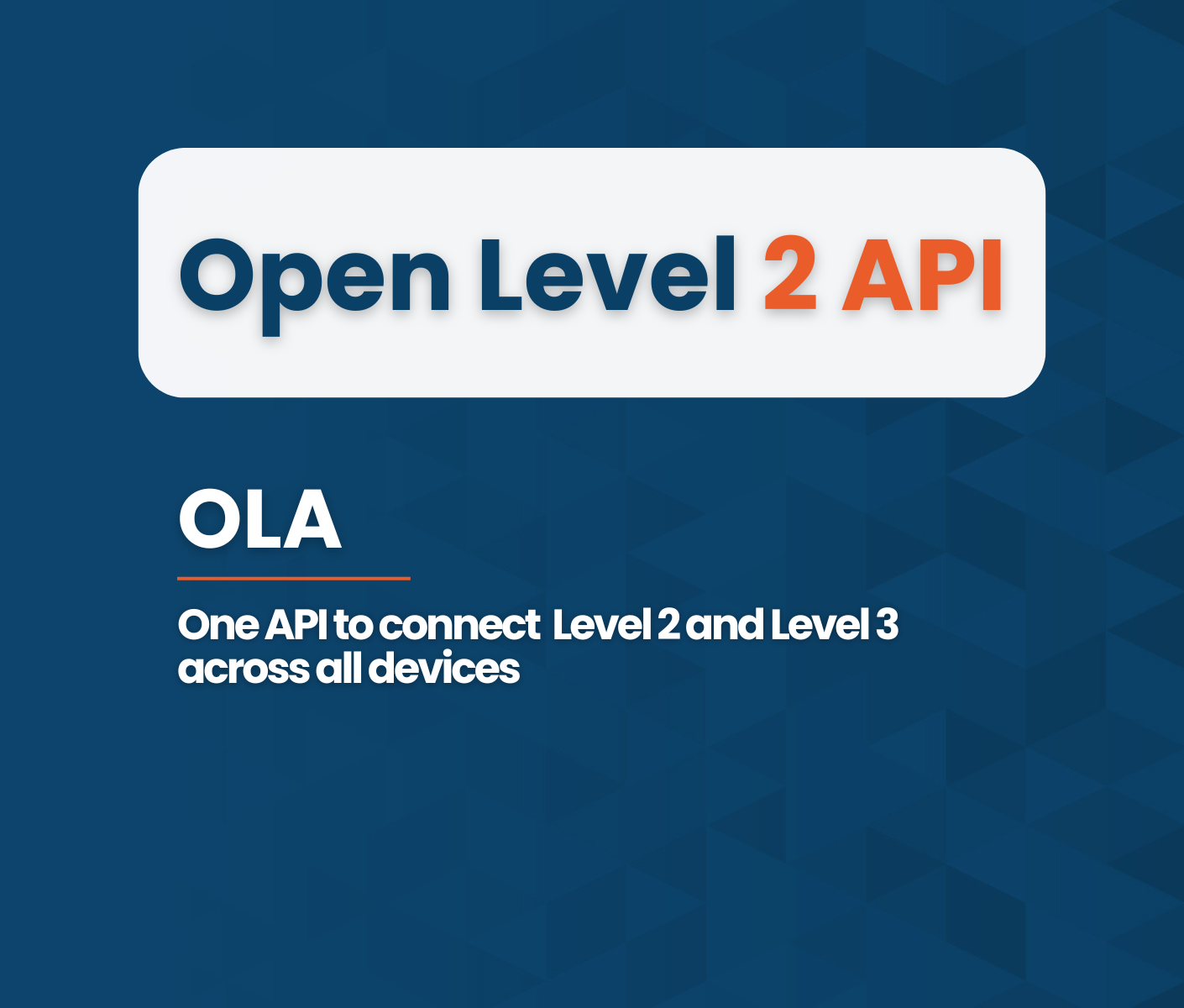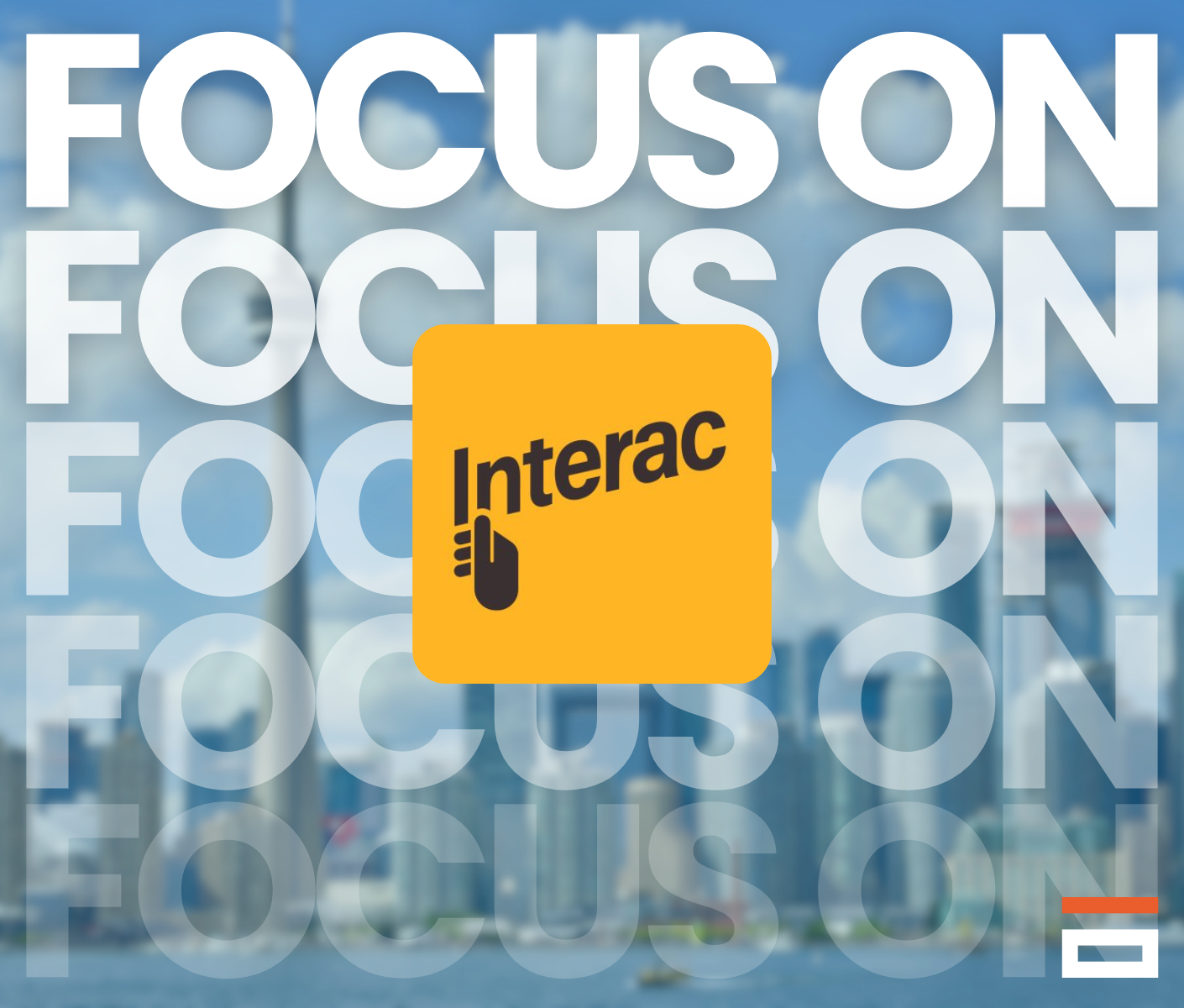
The Challenge: A Fragmented Payment Ecosystem
Before the introduction of Amadis' component, Open Level 2 API (OLA), there was no standard defined by EMVCo for interaction between Level 2 (L2) and Level 3 (L3) in payment solutions. This absence forced payment companies to navigate a landscape of high variability and customization requirements for each platform or environment - wheter PAX, Android, or others. Each integration demanded significant time and resources, slowing innovation and increasing costs.
Introducing OLA: The Standardized Abstraction Layer
Amadis'Open Level 2 API (OLA) addresses this challenge by serving as a universal abstraction layer. OLA normalizes exchange between L2 and L3, accelerating the development of L3 payment applications and eliminating the need for platform-specific customizations. As a standardized interface, OLA enables seamless communication between L2 stacks and L3 applications, independent of device, operating system, or geography.
Core Concepts
- Standardized Interface: OLA defines a clear, universal protocol for L2 and L3 interaction, replacing proprietary solutions and reducing technical fragmentation.
- Device and OS Agnostic: OLA's design ensures compatibility across all hardware platforms and operating systems, making it a truly global solution.
Key Benefits for Payment Companies
1. Eliminating Technical Dependencies
With OLA, customers' L3 payment applications remain unaffected by updates to frameworks or payment schemes. This stability protects investments and simplifies maintenance.
2. Driving Down Costs
OLA allows companies to develop and maintain a single L3 payment solution that works accross all devices, operating systems, and geographies. This unification significantly reduces development and operational expenses.
3. Optimizing Go-to-Market
By streamlining L3 application development across different hardware platforms and external EMV L2 stacks (e.g. PAX), OLA enables faster deployment of payment solutions, giving companies a critical speed advantage in competitive markets.
4. Facilitating New Kernel Integration
OLA standardizes L2 and L3 exchanges, drastically reducing the time required to integrate new kernels. Amadis' EMV Level 2 stack is even compatible with an external entry point thanks to OLA. This agility allows companies to quickly adapt to new markets requirements.
Why OLA Matters for Your Business
For payment companies, OLA means:
- Future-proof technology: Adapt to new devices, OS updates, and payment schemes without disrupting your L3 applications.
- Simplified operations: Maintain one L3 solution for all environments, reducing complexity and cost.
- Faster innovation: Bring payment solutions to market quicker, with less risk and lower development overhead.
Conclusion: A Strategic Advantage
OLA is a strategic enabler component. By adopting Amadis' EMV Level 2 stack and OLA, payment companies can focus on innovation and growth, confident that their solutions are built on a flexible, cost-effective, and universally compatible foundation.



